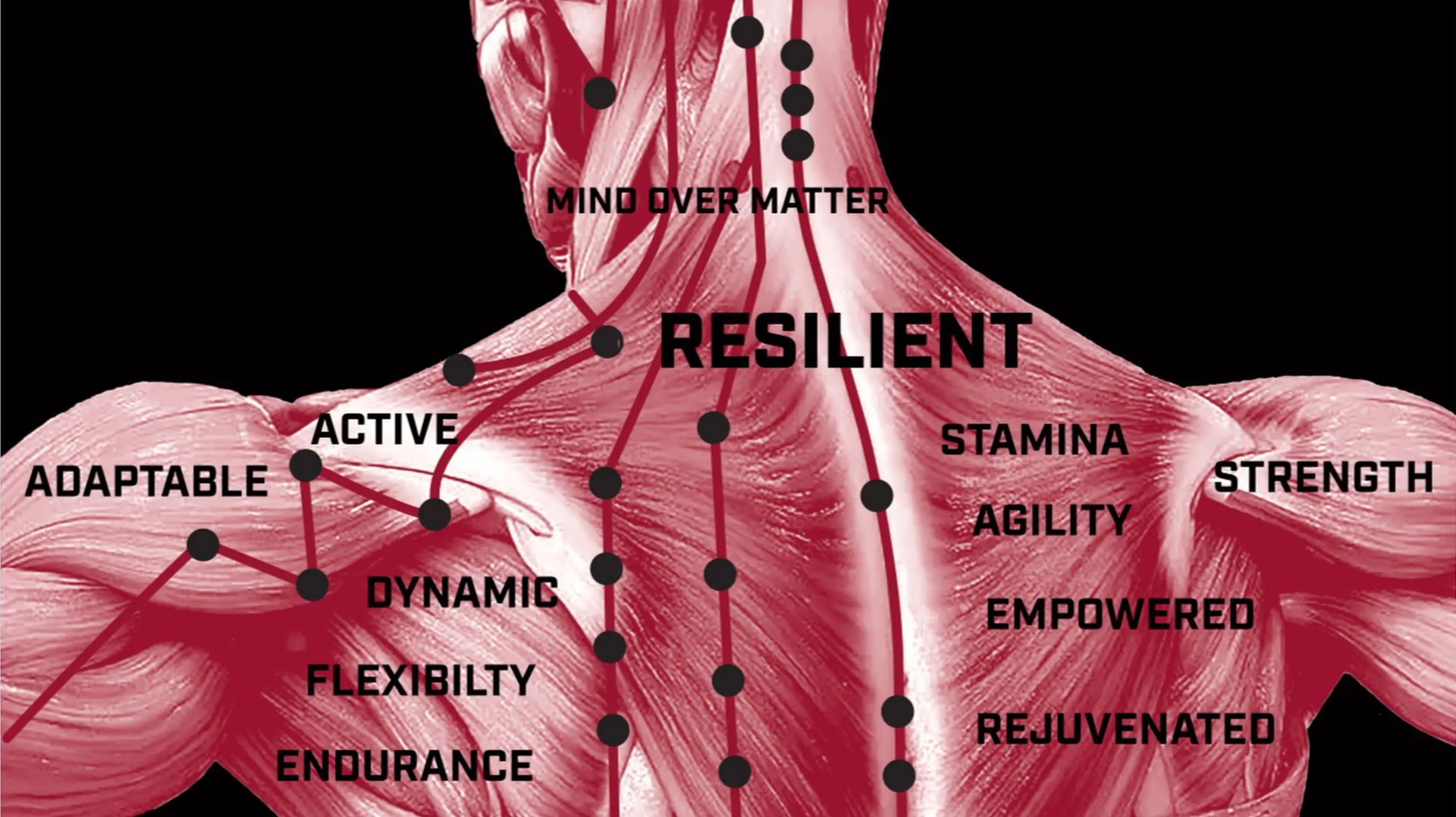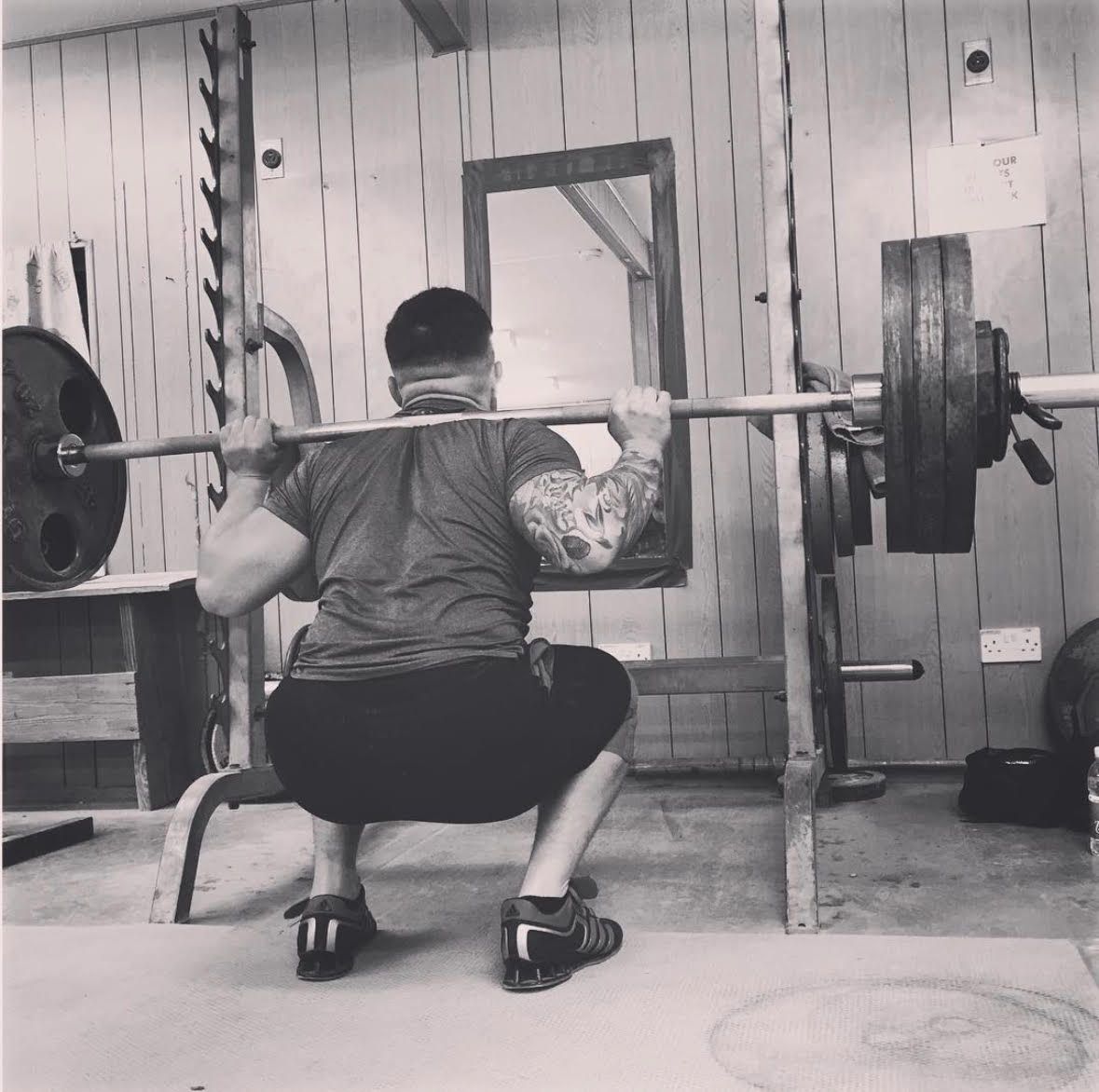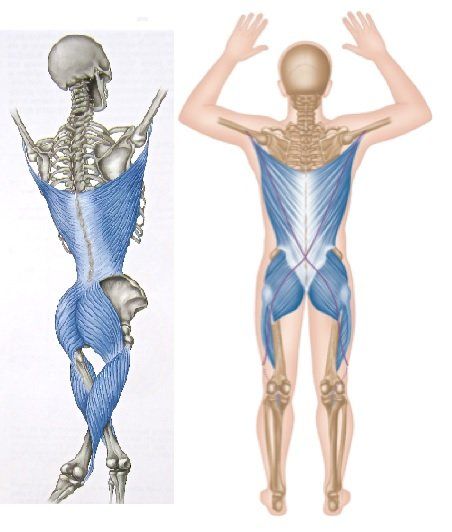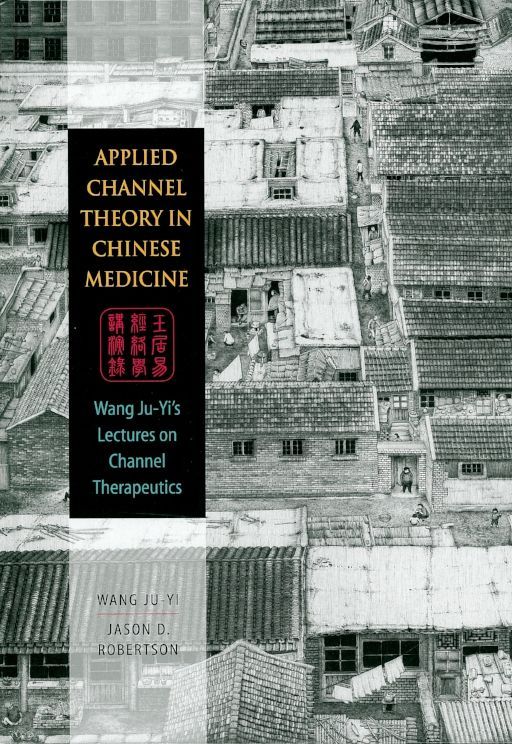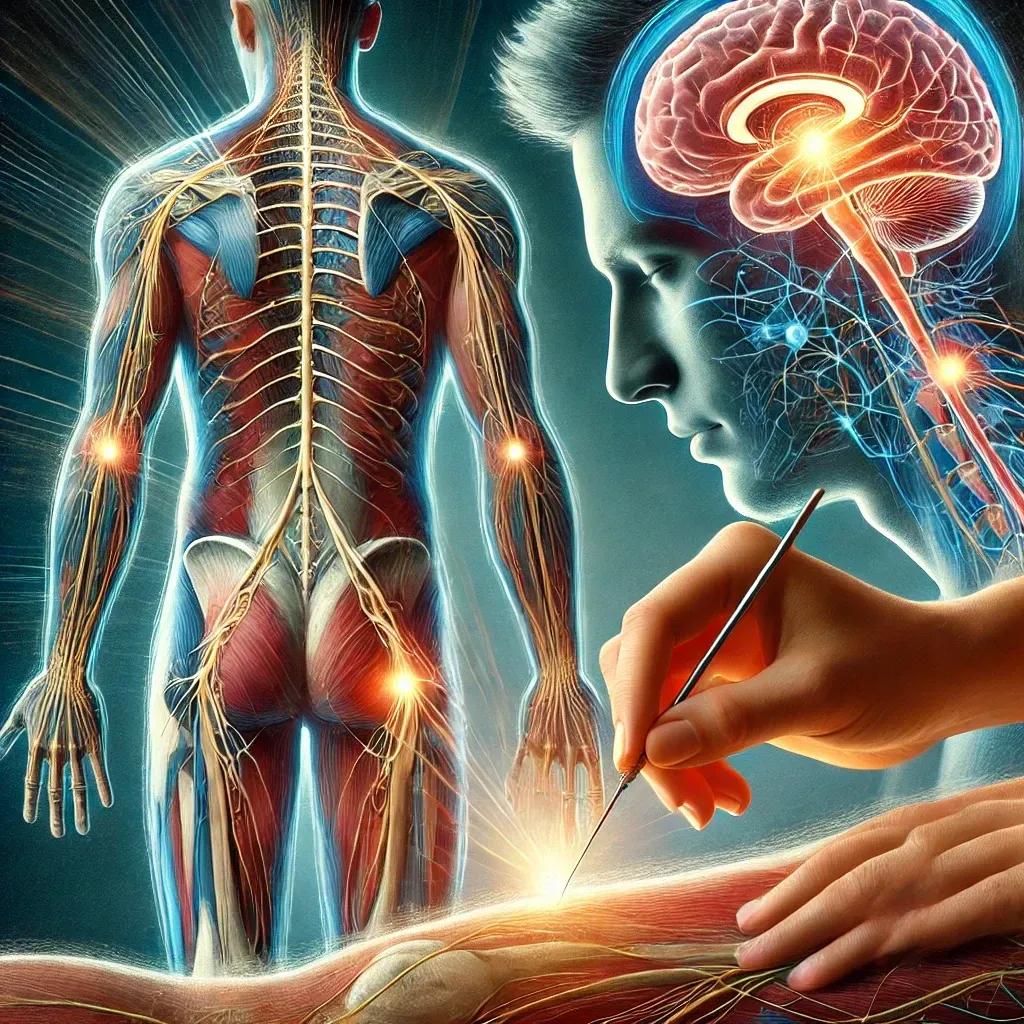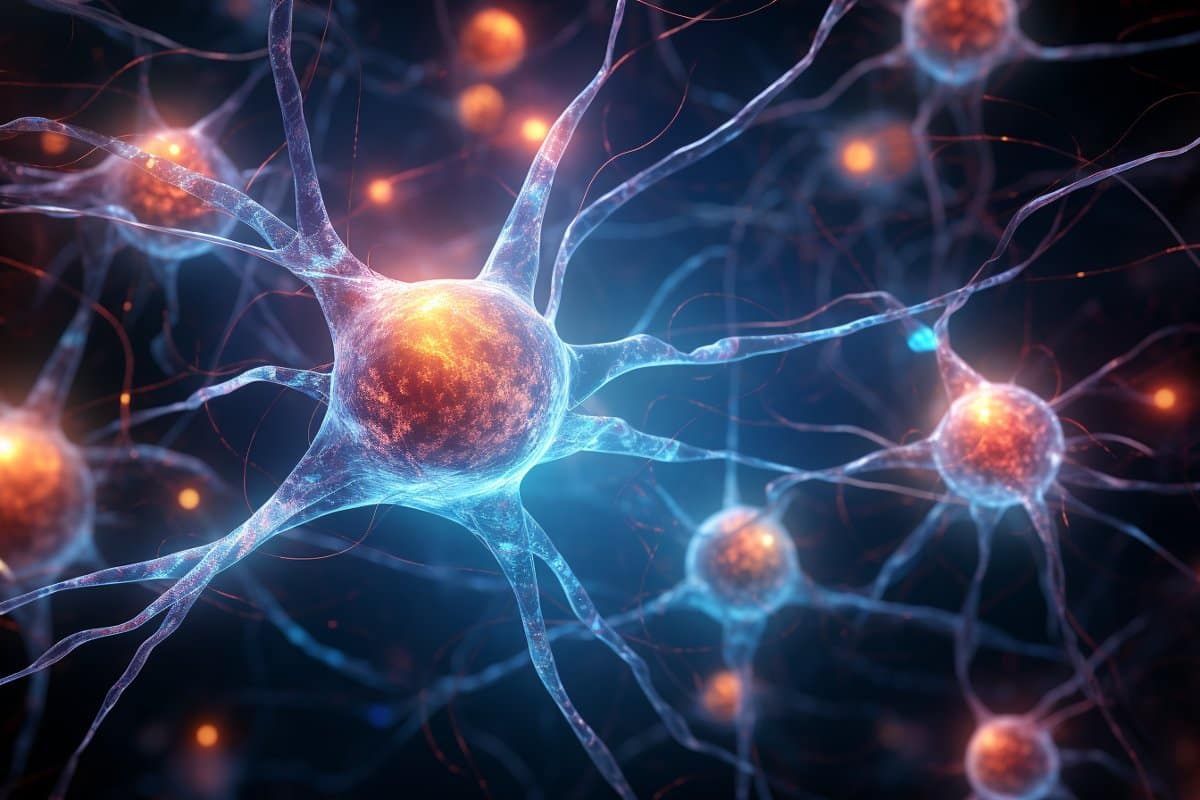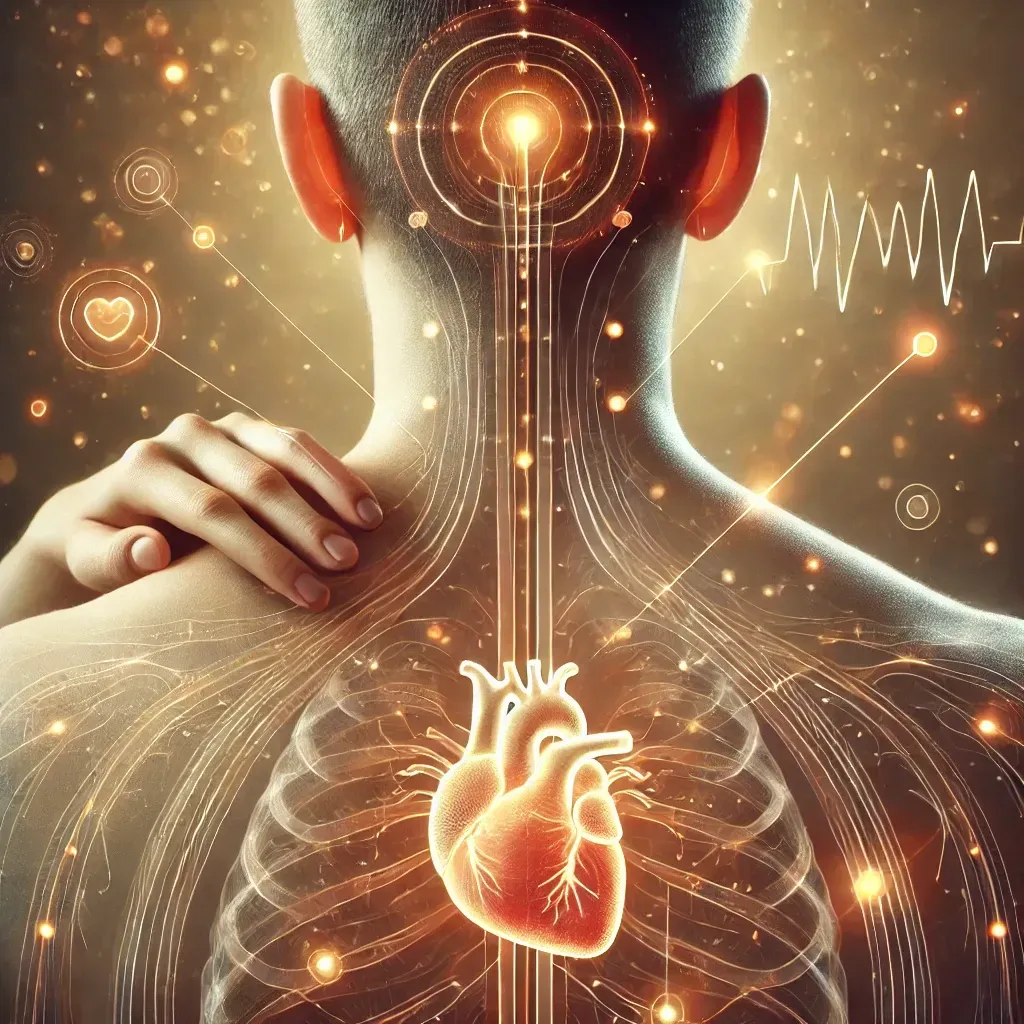6 Ways to Improve Your Mobility Strategy for a Healthier Lifestyle
Waking up stiff and sore can throw a wrench in your day before it even starts. Imagine if every morning felt like a fresh start, free from the grip of yesterday's workout or a night of awkward sleeping. Fine-tuning your mobility strategy could be the key to unlocking a more vibrant, active lifestyle.
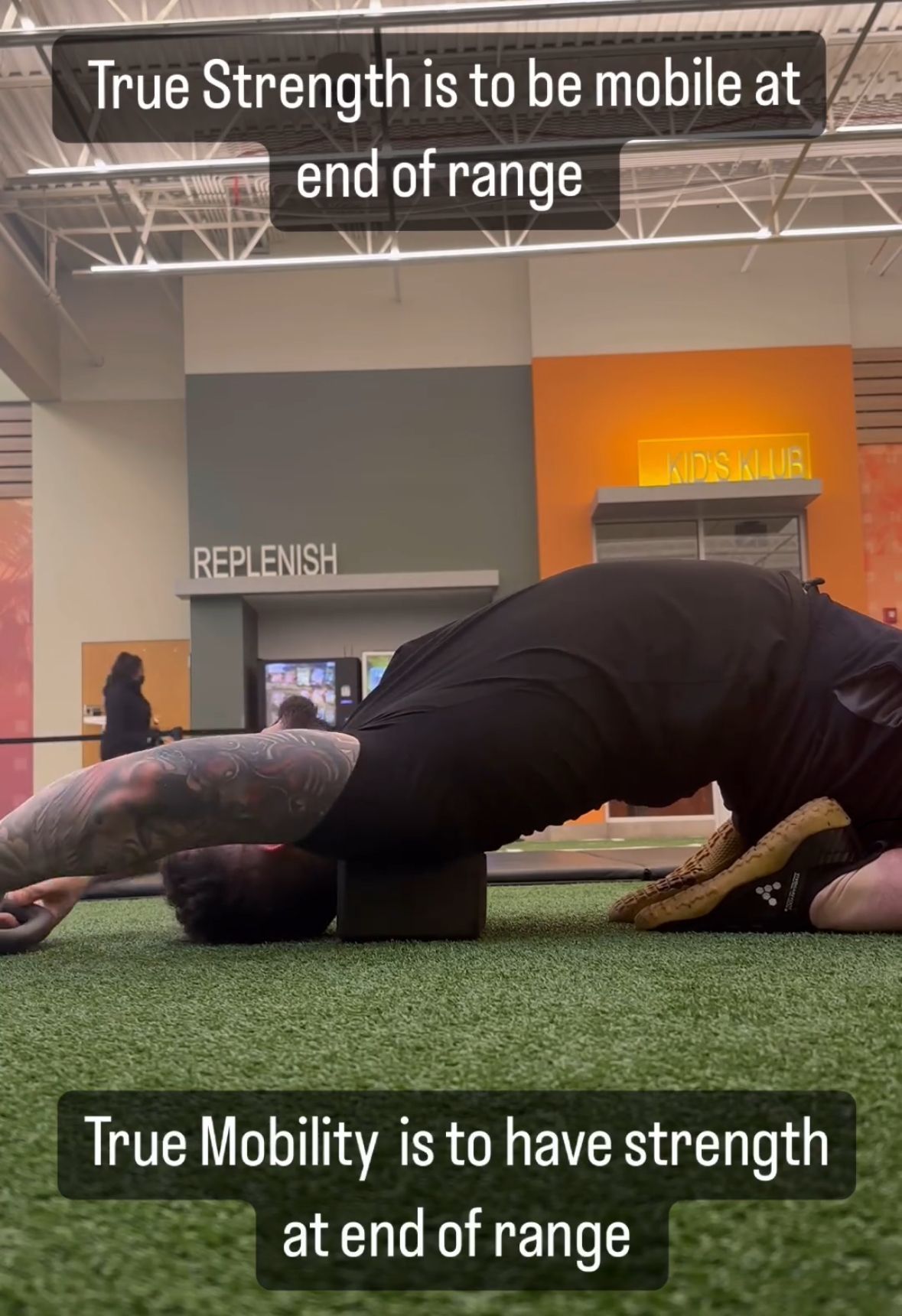
1. Start Your Day with Stretching Exercises
Kicking off your morning with a few targeted stretching exercises can significantly affect the rest of your day. Stretching isn't just about reaching down to touch your toes or doing a quick calf stretch against the wall. Instead, envision a routine that gently wakes up each part of your body, preparing it for the day's activities.
Integrating dynamic stretches that involve movement and static stretches where you hold a position for several seconds can enhance your flexibility, circulation, and mental readiness for whatever the day may hold. Adopting the Functional Range Systems as a practitioner has allowed me to challenge tissue at end range and gain more mobility.
2. Incorporate Active Transportation into Your Routine
The journey from your home to the office, grocery store, or local café presents a golden opportunity to boost your daily activity level. Ditching the car for walking, cycling, or even skateboarding can significantly increase your daily calorie burn and contribute to your cardiovascular health. Active transportation isn't just good for your body; it's also kinder to the environment and often saves you the stress and cost of dealing with traffic and parking. Even if you live far from work, consider combining public transportation with walking or cycling to make the most out of your commute.
3. Utilize Mobility Tools and Apps for Guidance
In today's digital age, technology offers a plethora of resources to guide us in improving our mobility strategy. Apps designed for stretching, yoga, and mobility training can provide structured routines that fit into any schedule, whether you're a morning person or find your energy spike in the evening. Tools like foam rollers, resistance bands, and mobility balls also offer affordable ways to enhance your flexibility and address tight muscles in the comfort of your home, making them must-haves for anyone serious about enhancing their mobility.
4. Strengthen Your Core for Better Movement
A strong core goes beyond just achieving a visually appealing midsection. It's crucial for stabilizing your entire body, improving your posture, and reducing the risk of injuries, especially in the lower back. Integrating core-strengthening exercises like planks, bridges, and leg lifts into your fitness regimen can dramatically improve your balance, stability, and ease of movement, impacting everything from your ability to carry groceries to your performance in sports and other physical activities.
Moreover, core stability is essential for more than just physical tasks; it plays a significant role in the kind of mobility that keeps us agile well into our later years. As we age, a strong core can mean the difference between independence and reliance on others for basic tasks, underscoring the importance of incorporating these exercises into your mobility strategy.
5. Adopt a Dynamic Workstation for Flexibility
With many of us spending hours on end at a desk, creating a workstation that encourages movement can have a profound impact on our mobility and overall health. Consider adjustable desks that allow for standing, sitting, or even cycling while you work. Focus on creating a setup that promotes good posture and allows for frequent position changes to avoid the stiffness and discomfort that come from prolonged sitting. Incorporating small, frequent breaks to stretch or walk around can further enhance your flexibility and reduce the risk of chronic pain.
6. Engage in Regular Physical Activity
Regular physical activity is the cornerstone of any effective mobility strategy. Whether it’s a structured exercise program, recreational sports, or simply taking daily walks, staying active keeps your joints lubricated, your muscles engaged, and your flexibility improved. Tailoring your physical activities to match your interests ensures that exercise feels less like a chore and more like a rewarding part of your day. Beyond the undeniable physical benefits, engaging in regular exercise also has profound effects on your mental health, helping to alleviate symptoms of stress and anxiety.
